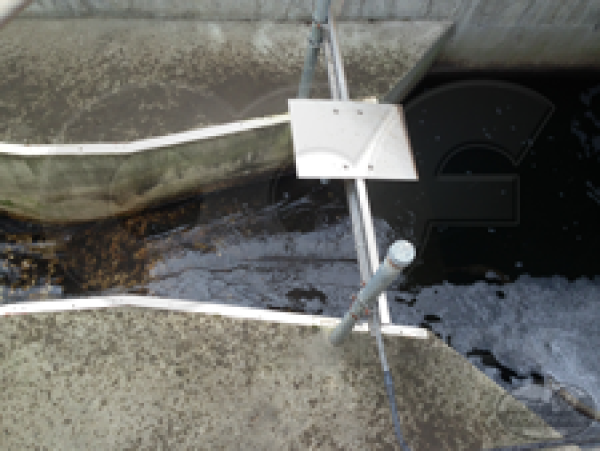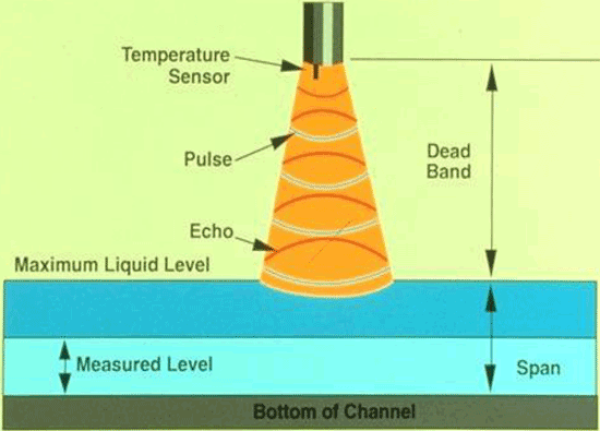This website uses a variety of cookies, which you consent to if you continue to use this site. You can read our Privacy Policy for
details about how these cookies are used, and to grant or withdraw your consent for certain types of cookies.
The Kennison Nozzle
 The Kennison Nozzle
The Kennison Nozzle
The Kennison Nozzle is a proprietary device developed by BIF to measure spilling flow from partially full horizontal pipes.
The Kennison nozzle's design restricts the flow vertically – leaving the floor of the nozzle flush with the invert of the pipe – allowing solids to pass through with little to no accumulation.
Solids passing means the Kennison nozzle is suitable for measuring raw sewage flows.
Where Kennison Nozzles Can be Used
The Kennison nozzle can be used where:
- The pipe does not flow full
- The flow range falls between 10 and 100% of the nozzle’s capacity
- A free spilling discharge off the end of the nozzle exists at all times
- The pipe size is between 6 and 36-inches
If the pipe runs full – or the flow exceeds the nozzle’s capacity – any measurements taken will be inaccurate. Similarly, if the flow falls below 10% of the nozzle’s capacity, the reading will be inaccurate.
Accuracy of the Kennison Nozzle
The stated accuracy for a Kennison nozzle is:
- +/- 1% for flows between 10% and 100% of capacity
- +/- 3-5% for flows below 10% capacity
- +/- 0.1% when flow-calibrated at a hydraulic laboratory
Keep in mind that total system accuracy is a combination of both the primary device accuracy and the secondary device's accuracy (flow meter). Unfortunately, the Kennison nozzle has fallen out of use over time, and most flow meters on the market today don't come preprogrammed for the nozzle.
Installing a Kennison Nozzle
- The nozzle invert must be high enough above the downstream water level that flow can freely spill out of the nozzle under all flow conditions
- The nozzle must be set level front-to-back and side-to-side
- Gasketing between the nozzle and the connecting flange should be thick enough to allow the nozzle leveling
- A minimum of (8) diameters straight runs of upstream pipe should be present
- The slope must not exceed that stated for the size (ranging between 0.0020 and 0.0070 depending upon size)
- The inlet velocity must not exceed that stated for the size (ranging from 0.67 and 1.13 m/s)
- The nozzle and the inlet pipe must be set at the same invert
Current Usage
Over time the Kennison nozzle has fallen out of common usage.
Flumes such as the Montana and H Type have taken over many of the applications where the Kennison nozzle was used. These flumes are usually supported by today's flow meters (the Montana being programmed as a Parshall), are non-proprietary, are available in a range of materials and configurations, and are highly adaptable.
Source: Instrumentation Handbook for Water and Wastewater Treatment Plants
Related Blog Posts
Explore more insights in our blog.

LOCATIONS IN ATLANTA, GA & BOISE, ID




